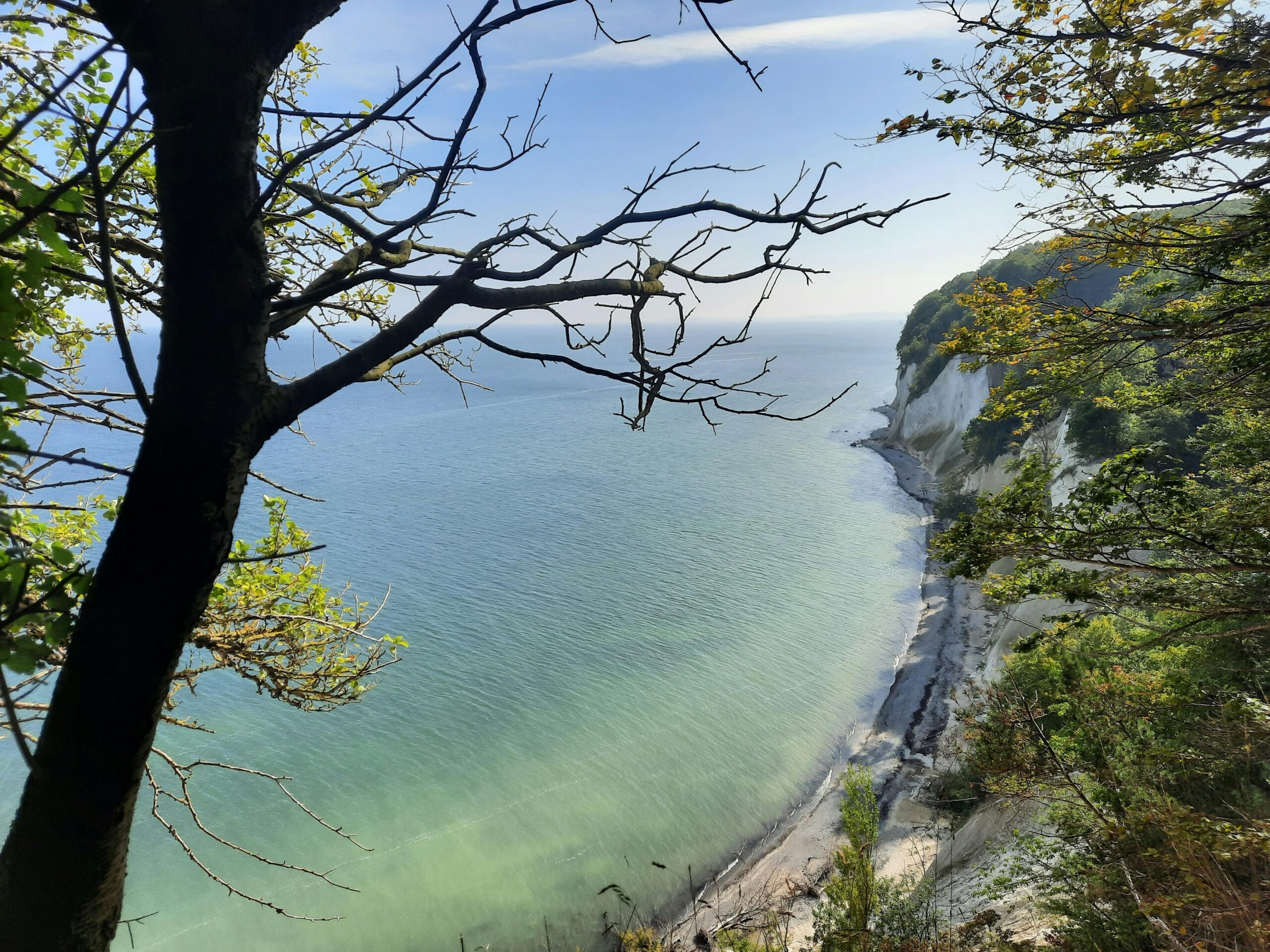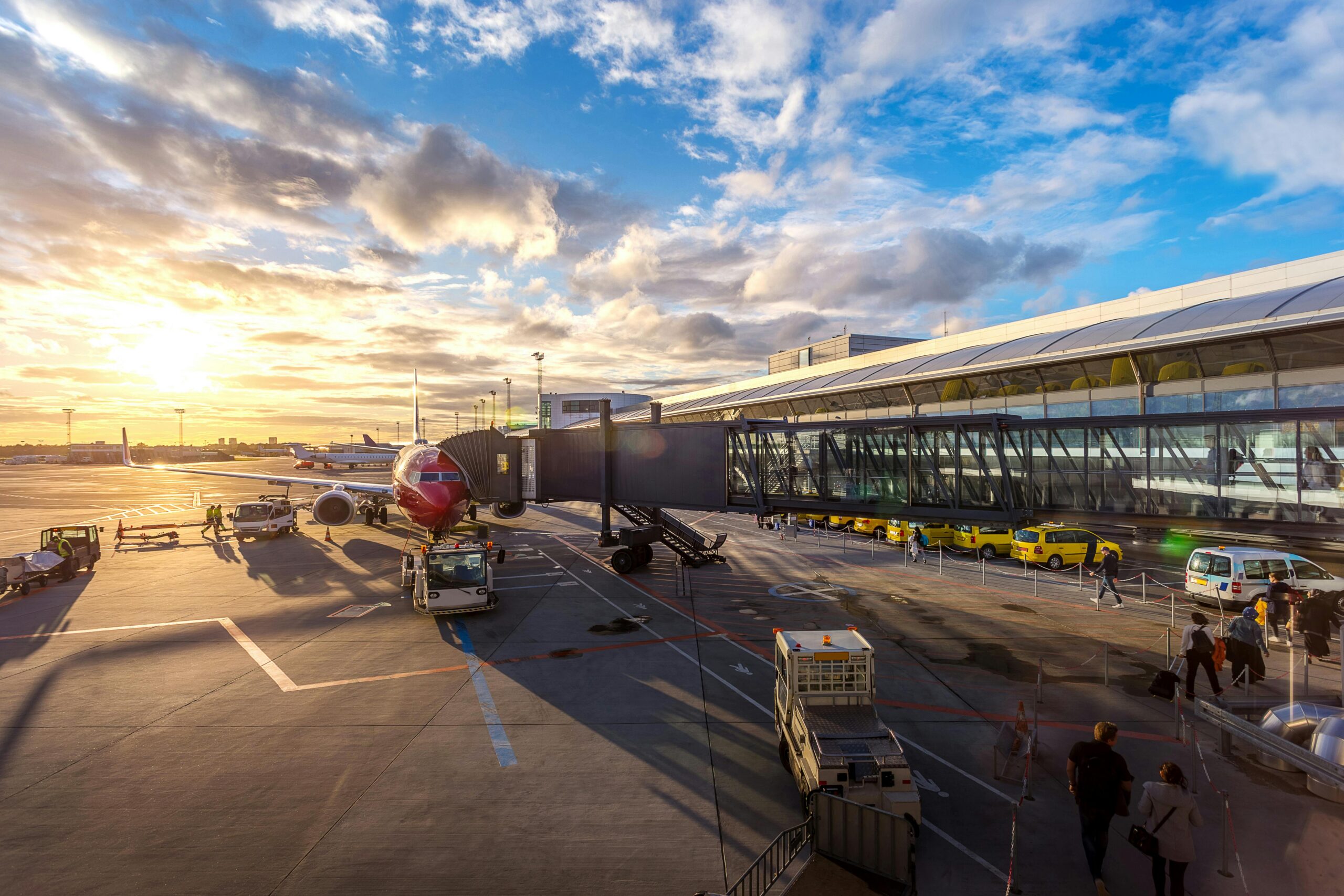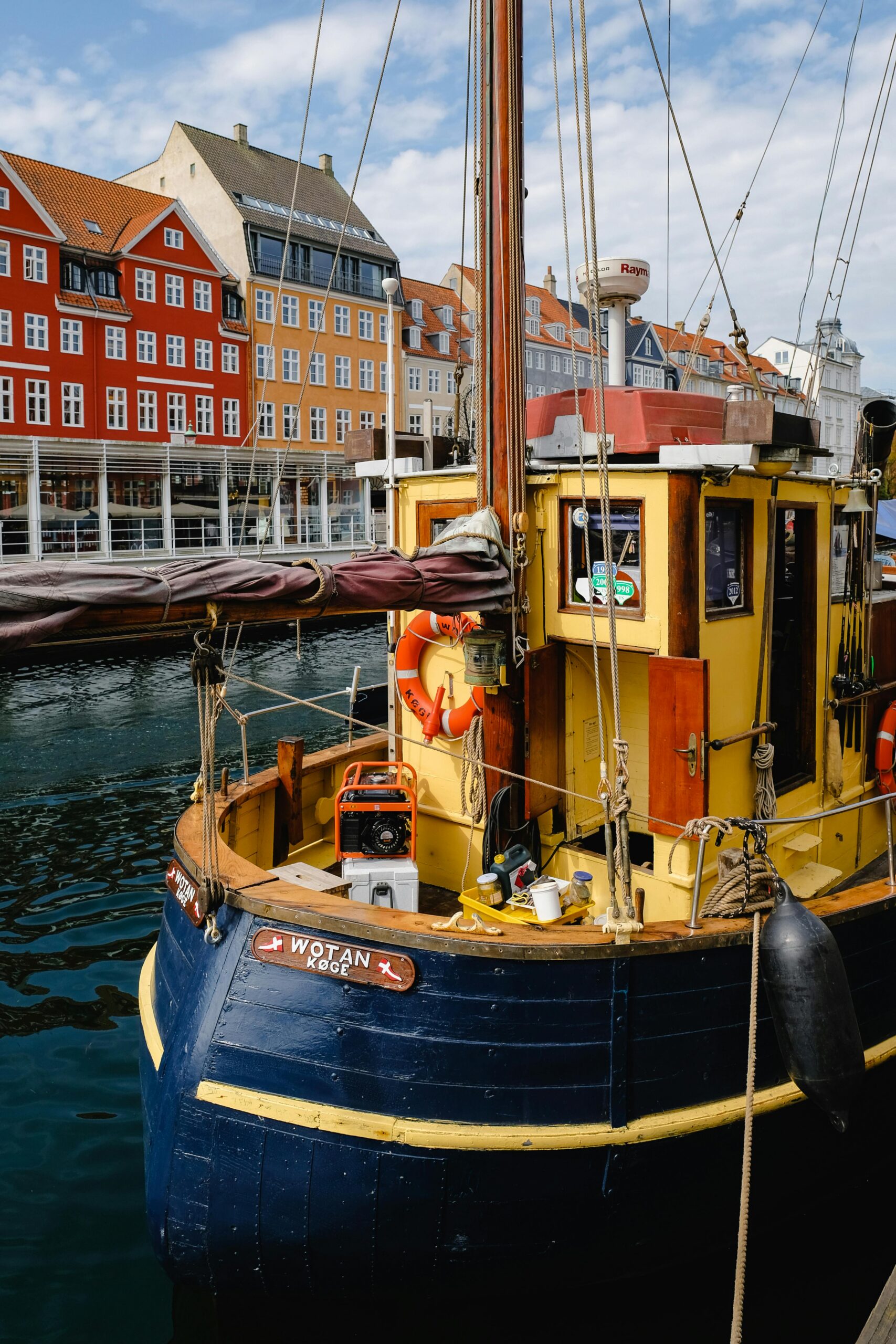The history of Denmark stretches back to the final retreat of the massive glaciers around 10,000 BCE, when nomadic hunters first migrated into the lands we now know as the Danish archipelago. As the climate warmed and the land stabilised, a new life took hold, transitioning from Stone Age hunter-gatherer societies to the establishment of agriculture by around 4,000 BCE. This early farming culture, marked by its construction of impressive dolmens and megalithic graves, led the way to the Bronze and Iron Ages, periods where the inhabitants began trading goods like amber and furs with the Roman Empire. The early centuries of the common era saw the beginnings of urbanization and the emergence of the runic language, setting the stage for the definitive national period. The unified kingdom of Denmark began to coalesce during the Viking Age, roughly from the late eighth century, with key figures like Gorm the Old and his son, Harald Bluetooth, taking central roles. Harald is historically significant for uniting the Danish tribes and for officially converting the kingdom to Christianity around 965 CE, a pivotal moment that cemented Denmark’s place in European Christendom. This was a time of maritime power, where Danish Vikings launched expeditions, establishing trade networks and even ruling England under Cnut the Great in the eleventh century. However, as the Viking Age waned, Denmark turned to consolidate its power, leading to the High and Late Middle Ages, a time punctuated by both internal strife and expansion, culminating in the Kalmar Union from 1397 to 1523, which united the crowns of Denmark, Norway, and Sweden, along with their territories. The Reformation in 1536 dramatically reshaped Danish society, establishing Lutheranism as the state religion and consolidating royal power. Over the following centuries, Denmark transitioned to an absolute monarchy in 1660, overseeing colonial ventures in the Caribbean and navigating a complex geopolitical position between its neighbors. The nineteenth century brought significant territorial losses, including Norway in 1814 and the southern duchies of Schleswig, Holstein, and Lauenburg in 1864, which forced a national introspection. Paradoxically, these losses spurred a move toward internal development and a democratic transformation, with the abolition of absolutism and the signing of the first democratic constitution in 1849, eventually granting women the right to vote in 1915. Denmark maintained neutrality during the First World War and, after the Second World War, cemented its identity as a modern social welfare state, a progressive nation engaged with global cooperation, while retaining its historic monarchy.
Our visit to the Sagnlandet Lejre open air archaeological museum near Roskilde was a perfect manifestation of this vast history. Lejre, historically considered a major centre of power in the Viking Age and the legendary home of Denmark’s first royal dynasty, offers a direct, hands-on connection to the very earliest chapters of the Danish story. Within the museum grounds, you can step back in time, walking through reconstructions of a Stone Age campsite, an Iron Age village, and a magnificent Viking King’s Hall, allowing you to literally walk the path of the first hunters, farmers, and kings who shaped the nation. For travelers exploring in a motorhome, the logistical details are quite straightforward. The Sagnlandet Lejre open air archaeological museum provides a spacious, free parking lot right near the entrance. While this spot is ideal for your visit, and overnight stays are generally considered permissible, for a more scenic and well-equipped stay, you might consider the beautiful setting of the Herslev Marina.


